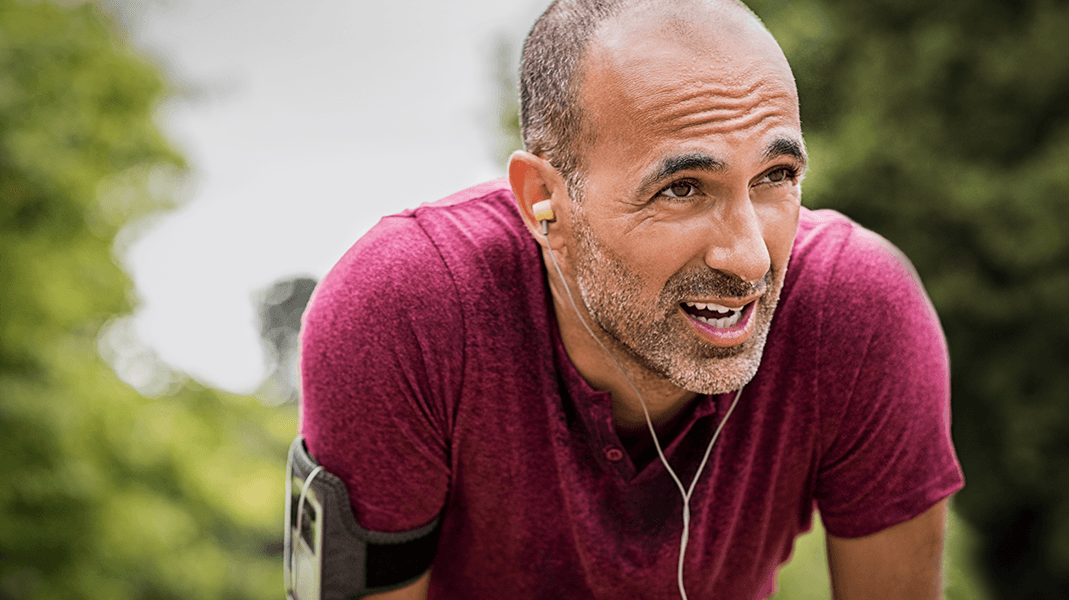
The impact of COVID-19 has been felt across the globe – financially, socially, and, ultimately, in the loss of life. At the time of writing, there have been 345,000 deaths worldwide. Every one of them a tragedy. However, over 2.3 million people have also recovered after contracting the respiratory illness.
But what happens after recovery? How easy is it for people to return to their normal way of life after overcoming the coronavirus?
We don’t have the answers to those questions – and even the excellent medical professionals across the world can’t say for sure as the pandemic continues – but one recent Firstbeat measurement has provided a unique insight into life after COVID-19 for one individual.
The Long-Term Impact?
This individual, a 47-year-old man from London, contracted coronavirus in March. He was never admitted to hospital but was wiped out for well over a week and endured difficulty breathing, aches and pains, fever, and exhaustion. Thankfully, he made a full recovery and had returned to his normal routine when he took part in a Firstbeat measurement roughly one month on from the illness. This measurement involves recording physiological reactions over a three-day period using heart rate variability to provide insights into everything from sleep and recovery, to exercise and stress.
The individual’s typical routine included a return to physical activity and working life. A combination that would usually leave him feeling energized. However, the results from his three-day measurement revealed that, although he had recovered from COVID-19, the knock-on effects of the respiratory illness appeared to be impacting his ability to recover effectively from even the most moderate of exercise.
For a man of his age, the typical ‘stress and recovery balance’ score seen in a Firstbeat measurement report is 53 out of 100. And the average ‘restorative effect of sleep’ score comes in at 57. This individual’s scores were 9 and 22 out of 100, respectively.
Depleted Resources
On Day 1 of the Assessment, despite only 13 minutes of vigorous physical activity, and racking up almost eight hours of sleep, the individual experienced no daytime recovery and only minimal recovery overnight.
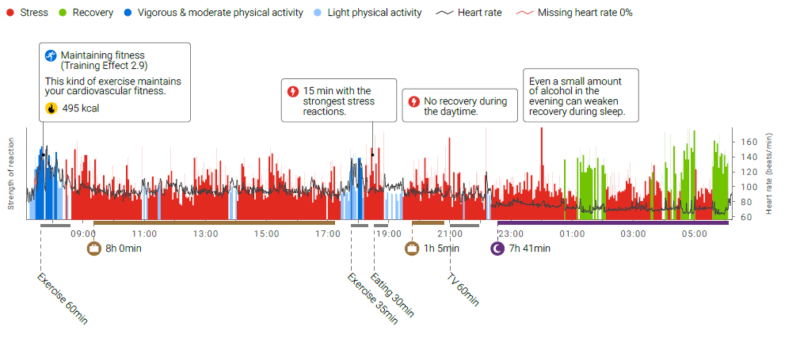
The individual’s Day 1 graph showed no daytime recovery at all. This can have a knock-on effect on future days as the body’s resources begin to deplete.
Firstbeat Performance Director Nigel Stockill explains why prior infection could have caused this physiological response:
“At first glance the exercise intensity looks relatively low and sensible, evoking a Training Effect of 2.9 (Training Effect is measured on a sliding scale where 1 is ‘Easy’ recovery and 5 is ‘Over Reaching’). This type of score, therefore, wouldn’t usually impact on a person’s health in any way. However, if the body is already fighting infection, even this relatively low exercise stress could overload the body’s ability to recovery and cope.”
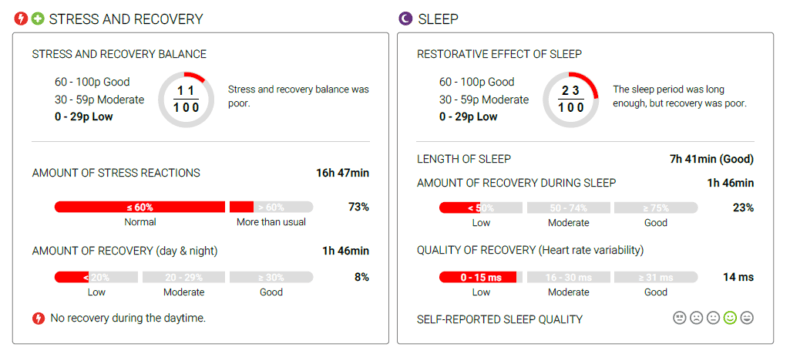
Low recovery during the day and during sleep limit the body’s ability to meet upcoming challenges and build resilience.
Day 2 saw more intense physical activity as the individual attempted to enjoy his normal healthy lifestyle. However, their body showed a near total inability to recover in the aftermath of one hour of exercise.
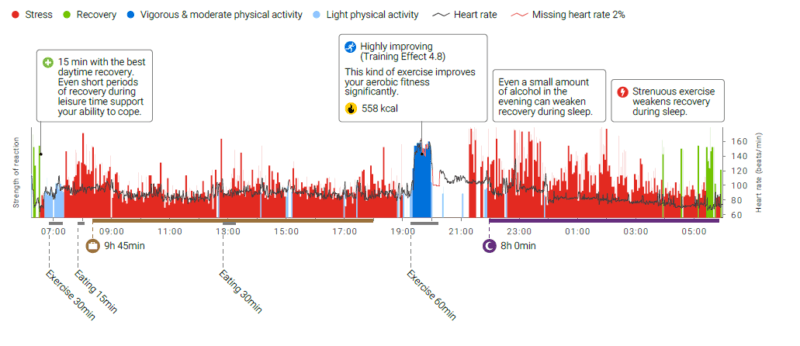
When the individual attempted more intense physical exercise on Day 2 there was no sign of the physiological recovery you would expect to see – particularly overnight.
Day 3 was a similar story. Even though the individual noted in their diary some specific periods of ‘relaxation’ their body once again was unable to react affectively to balance the physiological stress brought on by periods of work and moderate exercise.
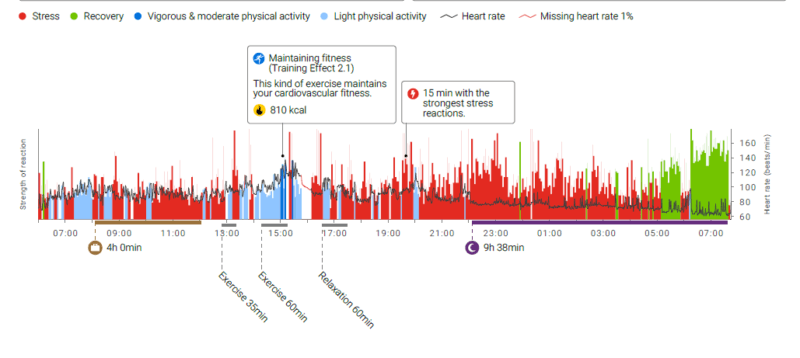
Despite attempts from the individual to spend specific parts of the day relaxing, their body did not enter the physiological state during that 60 minutes and managed just two minutes of daytime recovery total.
The end result was a depletion of their body’s resources in each of the three days, leading to a significant decrease in resources from Day 1 to Day 3.
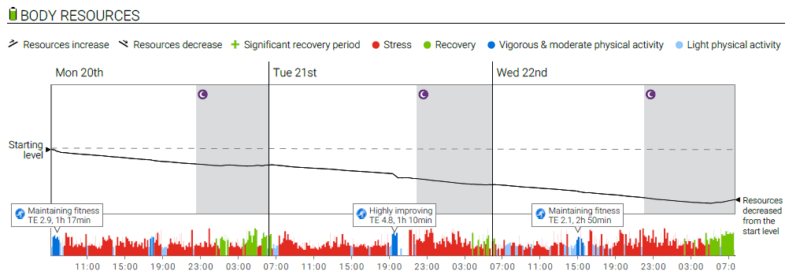
Having attempted to ramp up physical activity but been unable to recover effectively throughout the measurement, the individual’s resources decreased significantly between day 1 and day 3.
Although these results are only one person’s experience of life after recovering from COVID-19, it is interesting to note the apparent extended impact the illness had on this individual’s ability to recover. At least suggesting that a patient and slow approach to ramping up a return to normal life – and specifically exercise – if you have suffered from coronavirus may be the best and most sensible approach.
Gradual Return
“As we know with any illness or injury returning to training must be monitored closely to ensure we don’t suffer a recurrence,” explains Nigel. “It’s essential that we compare our output (i.e. distance, time, etc.) with our heart rate response and that we also consider how we felt during and after the exercise. Considering all three factors – and responding accordingly to them – will ensure we return gradually and safely to our previous levels of health and fitness.”
Fitness can always be worked on over time. Whilst it may be frustrating to see fitness levels take a downward turn during recovery from illness, it is usually a good idea to take things slow during this recovery process and not try to rush back to pre-illness levels too quickly. As the results above show, doing so can actually just limit your ability to exercise and to reap the health and lifestyle benefits.
Visit our Firstbeat Life page to see how employers are utilizing our well-being services.
You might also be interested in

How to Look After Your Physical and Mental Well-Being When Daily Routines are Turned Upside Down
At a time like this, it’s tough to come up with meaningful wellness guidelines, without oversimplifying or overlooking people’s realities.

Investing Energy and Attention on What Matters Most
On Wednesday April 29th , Jason Howlett of management and behavioral change company FOCUSWRX joined us to discuss forming positive habits and achieving your goals, as well as offer simple tips to help employers and employees balance their performance and recovery. …
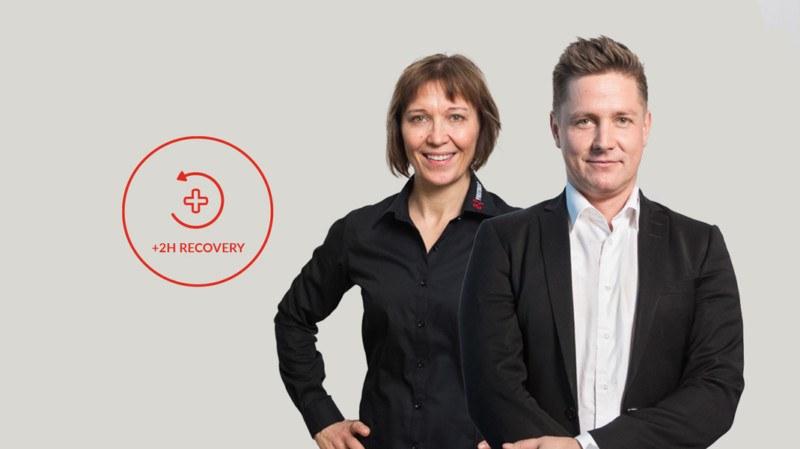
In Lockdown, Firstbeat Staff Recover Better But Exercise Less
A look at how the Coronavirus lockdown has impacted our staff, using Firstbeat Bodyguard measurement results.


